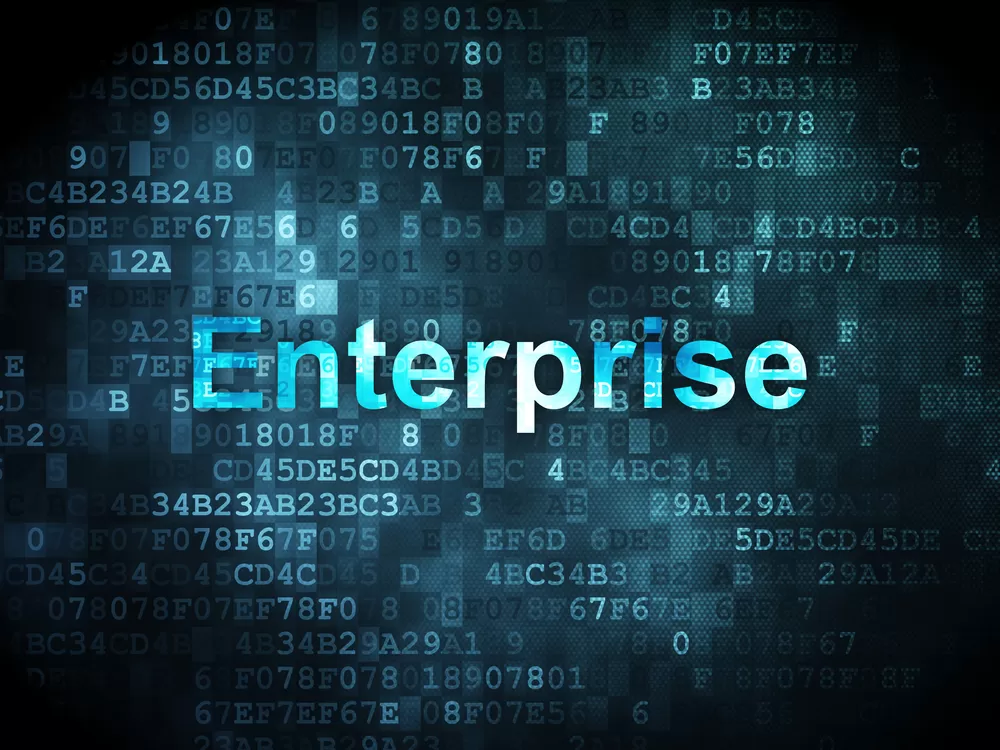Implementing applicant tracking systems (ATS) software can help to streamline recruitment processes and improve hiring standards. However, mistakes made during implementation can sideline goals and turn your ATS software into a burden instead of a blessing. When beginning an implementation project, be aware of these common mistakes so that you can avoid them and optimize the efficacy of your new system.
Our 2024 Preferred HR Software Partners

BambooHR Software
By BambooHRCompany Name
BambooHR
Suitable Company Sizes
Small, Medium
Support Available
Android, IOS, Web Browser, Windows
Failing to Allocate Adequate Resources
Many companies underestimate the amount of time or money that must be put into implementing ATS software. When planning for implementation, it’s wise to consult with your IT department for timeframe and labor estimates. You should also ask the vendors that you’re working with to give time and resource estimates as you go through the selection process.
The more information that you have about how long a particular system takes to implement and what the downtime or labor costs may be, the more accurate your plans are apt to be. When in doubt, it’s usually best to err on the side of caution rather than optimism.
Not Taking Advantage of Vendor Assistance
Vendors may not know everything about your company, but they do know everything about their own software. Vendors can help with the technical aspects of installation, customization, training your hiring managers and recruiters, and can provide support throughout and beyond the implementation of your ATS software. Not taking advantage of this valuable resource can cost you money and time while compromising the effectiveness of your system.
Ignoring Feedback throughout Implementation
Your ATS software implementation project team is likely to provide you with continuous feedback on the system’s shortcomings during every phase of the project – whether you want it or not. While this feedback may simply sound like complaining at times, ignoring it can rob you of a valuable tool that could help you to make your system work better for you.
For best results, actually ask for feedback from your project team and document some of their ideas and pain points.
Customizing Too Late or Not Enough
Customization may seem like an extra step that can be performed after the ATS software has been installed and the main points of implementation have been completed. However, customizing too late or not using customization options to their maximum potential can be a mistake. If your key stakeholders are trained with the system at stock settings, customizing later can require an unnecessary round of training.
Customizing should usually be performed during the technical part of the implementation phase. Customizing at this point allows you to introduce the system to your employees after you have already integrated some of your company’s personality and uniqueness. Your employees will feel more comfortable with it, it may work better for you after go live, and there will be no need for additional training.
Skimping on ATS Software Testing
ATS software should be tested from every angle at least a few times before go live. Performing rigorous system testing allows you to work the bugs out before the system is actually seen by employee candidates and before it can cause problems with your hiring. If you make changes, be sure to retest so that you know the software runs smoothly.










